William James Kirkwood
age ~68
from Fresno, CA
- Also known as:
-
- William J Kirkwood
- William James Te Kirkwood
- Bill Kirkwood
- Phone and address:
- 759 E Elizabeth St, Fresno, CA 93728
William Kirkwood Phones & Addresses
- 759 E Elizabeth St, Fresno, CA 93728
- 3485 Edgefield Pl, Carmel, CA 93923 • 831 293-8254
- 18398 Meadow Ridge Rd, Salinas, CA 93907 • 408 443-3545
- 1626 N Main St, Salinas, CA 93906
- 784 Northridge Shopping Ctr #175, Salinas, CA 93906
- Modesto, CA
- Monterey, CA
- 3485 Edgefield Pl, Carmel, CA 93923
Work
-
Position:Precision Production Occupations
Education
-
Degree:High school graduate or higher
Name / Title
Company / Classification
Phones & Addresses
Principal, President
THE LION RAMPANT
Business Services at Non-Commercial Site
Business Services at Non-Commercial Site
3485 Edgefield Pl, Carmel, CA 93923
Managing
Monterey Peninsula Luxury Services, LLC
Car Rental's
Car Rental's
2600 Gdn Rd, Monterey, CA 93940
Resumes

William Kirkwood
view sourceLocation:
Salinas, California Area
Industry:
Mechanical or Industrial Engineering

William Kirkwood
view sourceLocation:
United States

William Kirkwood
view sourceLocation:
United States
Us Patents
-
Aquaculture Farm System And Method
view source -
US Patent:6539894, Apr 1, 2003
-
Filed:Sep 28, 2001
-
Appl. No.:09/967788
-
Inventors:Paul S. Byrne - San Jose CA
William J. Kirkwood - Carmel CA -
Assignee:Eagle Net Sea Farms, Inc. - San Jose CA
-
International Classification:A01K 6100
-
US Classification:119234, 119238, 119240
-
Abstract:An aquaculture system for cultivation, containment and rearing of various mollusks, particularly abalone, which includes a habitat which supports a plurality of molded panels including openings for communicating between adjacent panels, whereby food is available throughout the habitat. An outer netting or open structure which allows water to flow through the habitat, but protects the mollusks from predators, while still containing the food and permitting the flow of water therethrough, selected ones of said panels being configured to provide buoyancy for the habitat which is tethered from the bottom of the ocean.
-
Tail Assembly For An Underwater Vehicle
view source -
US Patent:6572422, Jun 3, 2003
-
Filed:Jun 26, 2001
-
Appl. No.:09/888396
-
Inventors:William J. Kirkwood - Carmel CA
Farley Shane - Prunedale CA
Mark Griese - Santa Barbara CA
Douglas Au - Royal Oaks CA
Ed Mellinger - Monterey CA
Thomas OReilly - Santa Cruz CA
Joseph Andrew Gashler - Pacific Grove CA -
Assignee:Monterey Bay Aquarium Research Institute (MBARI) - Moss Landing CA
-
International Classification:B63H 116
-
US Classification:440 67, 114312, 114315, 114337
-
Abstract:An assembly for an underwater vehicle that includes a motor, a duct assembly, and an actuator. The duct assembly includes a duct and a propeller mounted within the duct, where the propeller is driven by the motor. The actuator is connected to the duct assembly and the vehicle. The actuator pivots the duct assembly with respect to the vehicle. Alternatively, the assembly includes a motor, a duct having a generally cylindrical shape oriented about a longitudinal axis, and a propeller having an axis of rotation. The propeller is mounted within the duct and is driven by the motor. The propeller and the duct are connected such that the axis of rotation and the longitudinal axis have a fixed orientation with respect to one another. The assembly includes a configuration for changing an orientation of the axis of rotation and the longitudinal axis with respect to the vehicle.
-
Wireless Power And Data Transfer Device For Harsh And Extreme Environments
view source -
US Patent:20120175969, Jul 12, 2012
-
Filed:Mar 20, 2012
-
Appl. No.:13/424530
-
Inventors:Thomas G. Maughan - Carmel Valley CA, US
William J. Kirkwood - Carmel CA, US -
International Classification:H01F 38/00
-
US Classification:307104
-
Abstract:A wireless power and data connector includes a socket and a plug. The socket has a power port for connecting to a wired power transmission line, a data port for connecting to a wired data communication line, a wireless power transmitter, and a wireless data transceiver. The plug includes a power port for connecting to a wired instrument power transmission line, a data port for connecting to a wired instrument data communication line, a wireless power receiver, and a wireless data transceiver. The socket has a concave portion and the plug has a convex region shaped such that the convex region of the plug removably fits within the concave region of the socket. The wireless power transmitter and wireless power receiver transmit power from the socket to the plug using magnetically coupled resonant tank circuits.
-
Flexure Mechanism
view source -
US Patent:49731459, Nov 27, 1990
-
Filed:Dec 21, 1988
-
Appl. No.:7/287242
-
Inventors:William J. Kirkwood - Prunedale CA
Russell P. Rhoads - Milpitas CA -
Assignee:Lockheed Missiles & Space Company, Inc. - Sunnyvale CA
-
International Classification:G02B 718
F16D 300
F16H 2154
G05G 1100 -
US Classification:350632
-
Abstract:A flexure mechanism, the basic elements of which comprise a foundation plate, and a mounting plate which is desirably mounted generally parallel to the foundation plate and which is secured from the foundation plate by a series of flexible support elements, the support elements being secured to the foundation plate in a generally circular configuration and which incline conically, inwardly, into attachment to the mounting plate, also in a generally circular configuration. If the point of convergence of the support elements lies in the plane of the distal surface of the mounting plate, the foundation plate will move, in two degrees of freedom relative to the foundation plate much as if the two plates are pivotally connected to each other. The support elements may be adjustably mounted to the foundation plates and mounting plates, and means may be provided to move the mounting plate relative to the foundation plate.
Classmates

William Kirkwood
view sourceSchools:
Kirkwood Educational Center Downey CA 1989-1990
Community:
Sarah Lombardo, Ryan Holland, Shannon Pruden, Melissa Sims

William Kirkwood
view sourceSchools:
St. Vincent's Orphanage School Philadelphia PA 1946-1950
Community:
Ruth Welch, Jim O'brien, Sheila Gallagher, Diane Seeger

William Kirkwood
view sourceSchools:
Austintown Fitch High School Youngstown OH 1963-1967

William Kirkwood
view sourceSchools:
Cochran Junior High School Johnstown PA 1966-1970
Community:
Jem Jones, Rick Perry

Cochran Junior High Schoo...
view sourceGraduates:
william Kirkwood (1965-1969),
Linda Webb (1974-1979),
Philip Leckey (1957-1961),
Patty Plows (1962-1966),
Charles Hendrickson (1978-1982)
Linda Webb (1974-1979),
Philip Leckey (1957-1961),
Patty Plows (1962-1966),
Charles Hendrickson (1978-1982)

Kirkwood Educational Cent...
view sourceGraduates:
Marji Kirkwood (1977-1984),
William Kirkwood (1989-1990)
William Kirkwood (1989-1990)

St. Vincent's Orphanage S...
view sourceGraduates:
William Kirkwood (1946-1950),
Dolores Slivinski (1951-1955)
Dolores Slivinski (1951-1955)

Maine North High School, ...
view sourceGraduates:
Bill Kirkwood (1970-1974),
michelle glowala (1975-1979),
Sheryl Donahue (1979-1981),
sue kenzer (1977-1981),
John CHOE (1976-1980),
Bill Cullen (1977-1981)
michelle glowala (1975-1979),
Sheryl Donahue (1979-1981),
sue kenzer (1977-1981),
John CHOE (1976-1980),
Bill Cullen (1977-1981)
Googleplus

William Kirkwood
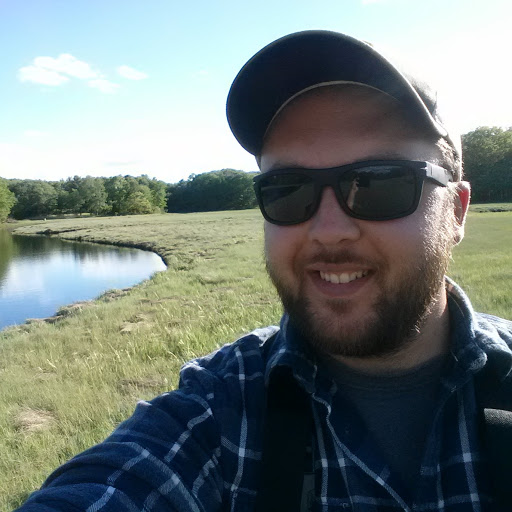
William Kirkwood

William Kirkwood

William Kirkwood

William Kirkwood
Plaxo

Kirkwood, William T
view sourceReston, VirginiaGlobal Operations Director at Unisys Past: CPO, Procurement & Workplace Services at Unisys Corporation at Unisys
Flickr

William Kirkwood
view source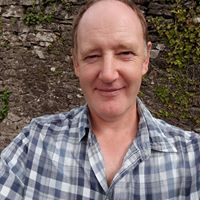
William Kirkwood
view source
William Kirkwood
view source
William Kirkwood
view source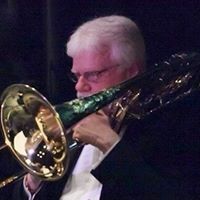
William Kirkwood
view source
William Kirkwood
view source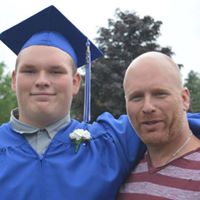
William Kirkwood
view source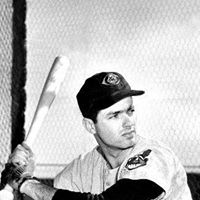
William Kirkwood
view sourceYoutube
Myspace
Get Report for William James Kirkwood from Fresno, CA, age ~68


















